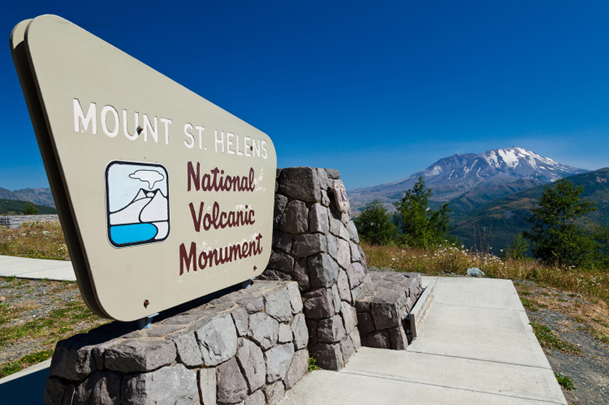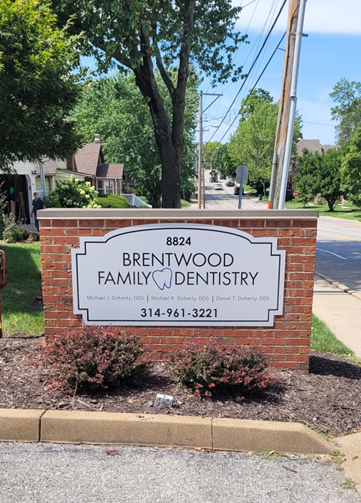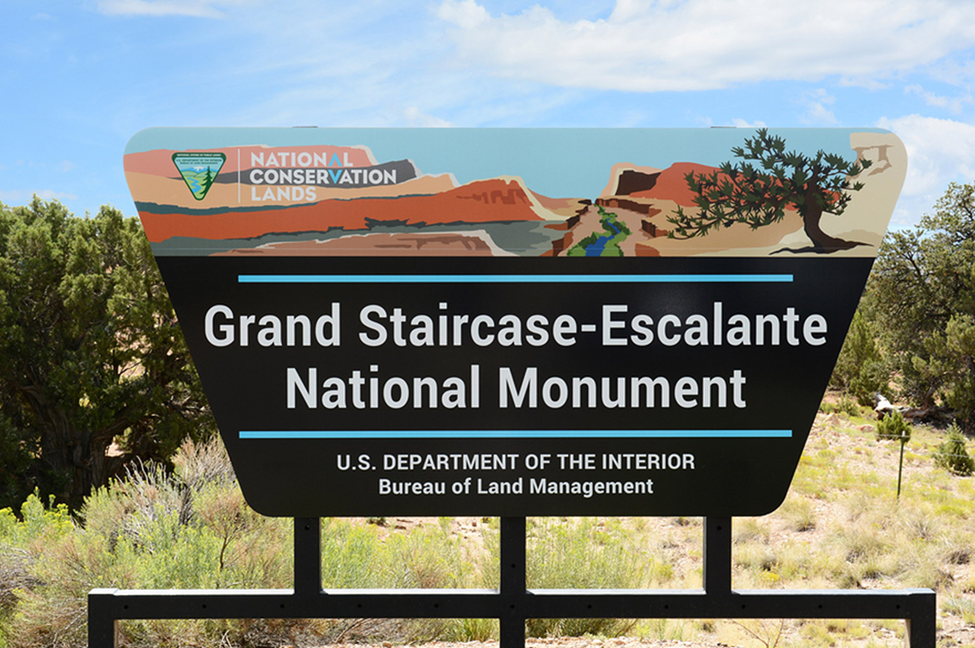Monument Sign Design: What Base Material Is Best For Your Brand?

Marketing experts agree that monument signs are one of the best on-premise displays for wayfinding, roadway advertising, and building brand authority. But ask those same experts which base material works best, and you’ll get lots of different opinions, not objective facts.
Frustrating, but fair—because each material has different pros and cons, there is no universal “best” option for your monument sign design. But there is a best-for-you, and the team at Horizon Sign Company is standing by to help you find it.
Read on to learn about the pros and cons of different monument sign base materials, or call (314)-726-5500 to speak directly with a sign specialist in St. Louis, MO.
Monument Sign Design: What Base Material Is Best For You?
Section 1003.020 of the St. Louis County sign code defines monument signs as any sign “which has a solid base and extends no more than eight (8) feet above the elevation.”
But this definition makes no mention of what materials should be used to construct this “solid base,” so what are our options?
The most popular base materials used in monument sign designs are wood, concrete, metal, brick, stone, and composite materials.
Each of these materials comes with unique pros and cons, and your choice will depend on several factors, including your desired aesthetic, your local weather conditions, your sign’s durability requirements, the weight of your sign, your intended display time, your willingness to perform regular maintenance, and more.
Read on for a quick overview of each of the aforementioned materials, or call (314)-726-5500 to speak directly with a monument sign design specialist.
- Concrete is a popular choice for monument sign designs due to its strength, durability, and ability to withstand various weather conditions. Concrete is also extremely customizable, as it can be molded into just about any shape and textured or painted to tie into your overall design or building architecture.
On the downside, concrete can be expensive and time-consuming compared to other materials, as your monument sign installation may require excavation and forming. Concrete may also crack over time if displayed in areas with intense freeze-thaw cycles, so be sure it suits your local climate before you commit.
- Stone is a characterful choice that conveys elegance and sophistication, as well as strength and security. Stone is also highly durable and resistant to fading, making it a great choice for outdoor installations.
On the downside, stone is typically more expensive to purchase, transport and install than other materials. Customization options may also be more limited; while stone can be carved or etched with intricate designs and lettering, it is not as easy to work with, and its elegant character may not suit all brand identities.

This beautiful stone base is right at home on this national volcanic monument.
- Brick is a classic and timeless option that conveys warmth, tradition, and upscale small town charm. It is also very durable and cost-effective, and nowadays it can be ordered in all kinds of different shapes and colors.
On the downside, brick may require some additional maintenance over time, and it is quite heavy compared to some composite materials, which could increase delivery and installation costs.

Welcome walk-ins with a monument sign seated into a warm brick base.
- Metal base materials, like aluminum, stainless steel, or wrought iron, provide a sleek and modern aesthetic, especially when formed into unique shapes like this:

Metal monument sign bases are also very durable and weather-resistant, but certain metals may require additional protective coatings or galvanization to prevent corrosion. Additionally, welding may be required during the manufacturing and installation stages, which can increase your project costs.
- Wood works great for monument signs, especially if your brand identity is built on warmth, nature, tradition, artisanal craft, rustic goods/experiences, or environmentalism. However, wood is more susceptible to long-term wear issues, as it is less durable than alternatives, and special treatments may be needed to prevent rotting, warping, or fading. Wood is also one of the weakest of the materials covered today, which may make it unsuitable for large, heavy sign displays.
- Composite materials, such as composite panels, provide a winning combination of durability, strength, and design flexibility, and they’re very lightweight and weather-resistant, making them ideal for outdoor installation and display. However, composite materials are usually more susceptible to damage from impacts or extreme temperatures compared to metal and concrete, so if your display area is exposed to inclement weather or major wear-and-tear, you might be better off with something else.
Monument Sign Design Made Easy: Ask The Experts In St. Louis, MO
For more help choosing the right monument sign materials, you can get in touch with our team by:
- Calling (314)-726-5500
- Emailing contact@horizonsignco.com
- Filling out our online contact form

